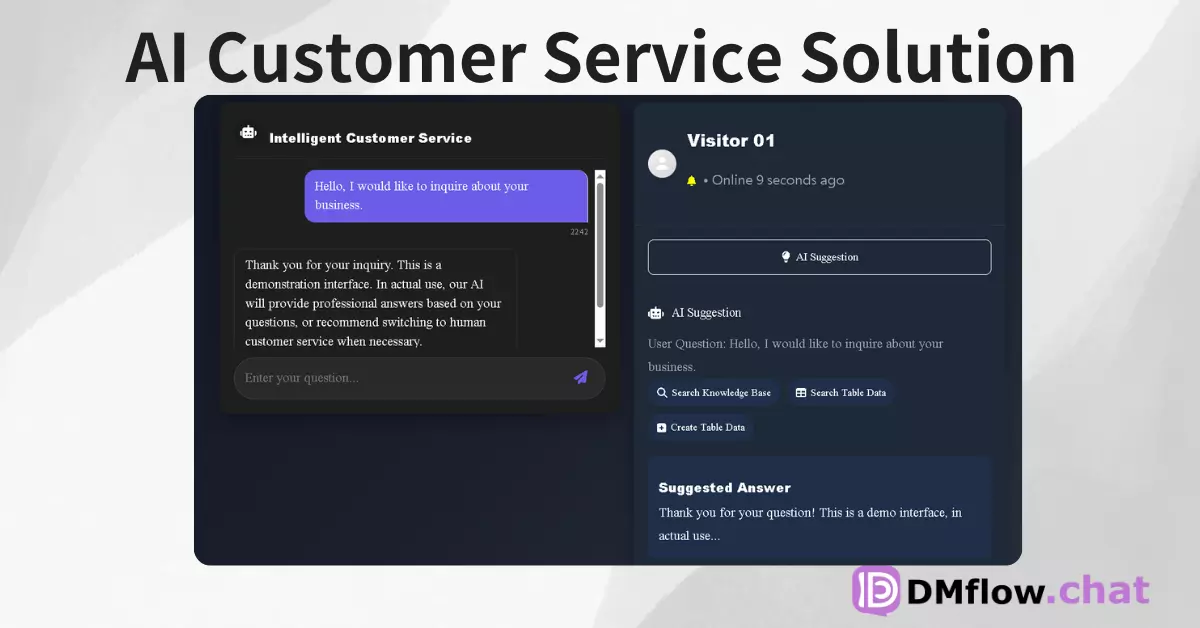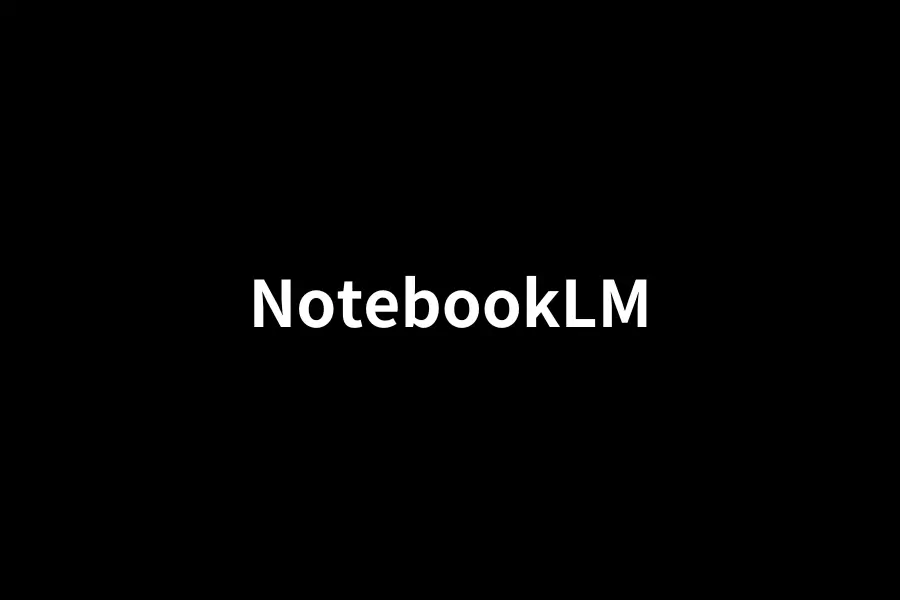Tired of copying and pasting every day or manually updating data? Discover Make.com (formerly known as Integromat), a powerful visual automation platform that connects your favorite apps and automates tedious workflows, so you can focus on what really matters. From marketing and sales to daily office tasks, it’s time to unlock your productivity!
Stuck in a Vortex of Repetition?
Do you ever feel like part of your day is eaten up by annoying—but necessary—routine tasks? Things like copying form data into Google Sheets, updating your CRM and sending a Slack message whenever a new order comes in, or organizing downloaded files on a schedule… Each of these may not take long on their own, but over time, they chip away at your focus and energy.
Wouldn’t it be amazing if all these things could just happen automatically?
That’s exactly the problem Make.com (formerly known as Integromat) is built to solve. Think of it as a super-smart digital assistant that helps you connect various web apps and services to create automated workflows.
In short, Make.com is a visual workflow automation platform.
Imagine you have a pile of LEGO blocks (representing different apps like Gmail, Slack, Google Drive, Facebook, Shopify, etc.). Make.com gives you a giant canvas and a bunch of connectors so you can drag and drop those blocks into whatever order and logic you like—building an automation “robot” (aka a scenario).
And Integromat? Yup—Make.com is Integromat! The platform underwent a rebrand in 2022. So if you’ve used or heard of Integromat before, Make.com is the same powerful tool with a cleaner, more creative name. All the core features and ideas are still there—and they’re evolving constantly.
The best part? You don’t need to be a coding expert! Make’s visual interface makes everything much more intuitive. Even if you have no technical background, you can start building useful automations with a bit of trial and error. And if you do have technical know-how (like APIs or webhooks), you’ll be able to unleash its full potential.
There are plenty of automation tools out there—so what makes Make.com stand out?
Visual Editor: As Intuitive as Playing with LEGO
This is Make’s core and most loved feature. Unlike tools that rely on dropdowns and lists, Make gives you a visual canvas.
- Modules: Every app action or trigger becomes a little circle (module).
- Connections: Simply drag with your mouse to connect modules, deciding how data flows and what gets processed when.
- Scenarios: Your whole setup on the canvas is called a “scenario.”
This what-you-see-is-what-you-get interface makes it super easy to understand how your automation works—and debugging or tweaking is just as clear. Pretty cool, right?
App Integrations: Almost Anything You Can Think Of
The power of an automation platform largely depends on how many apps it supports. Make shines here—it supports hundreds, even thousands (and growing) of services, including:
- Cloud Office Tools: Google Workspace (Gmail, Sheets, Drive), Microsoft 365 (Outlook, Excel, OneDrive)
- Project Management: Trello, Asana, Jira, Monday.com
- CRM: Salesforce, HubSpot, Pipedrive
- E-commerce: Shopify, WooCommerce, Magento
- Marketing Tools: Facebook Lead Ads, Mailchimp, ActiveCampaign
- Social Media: Facebook Pages, Twitter, Instagram, LinkedIn
- Messaging Apps: Slack, Discord, Telegram
- Databases: MySQL, PostgreSQL, Airtable
- And so much more: From weather apps to payment gateways—even custom webhooks and APIs.
Basically, if it’s a mainstream cloud service, it’s probably already on Make.
Advanced Features: More Than Just Simple App-to-App Connections
Make does more than send data from App A to App B. It offers advanced features that help you build smarter and more complex workflows:
- Router: Like a traffic cop—route data based on conditions. E.g., send different welcome emails based on the customer’s location.
- Iterator: Loop through every item in a dataset. E.g., process each product in an order.
- Aggregator: Combine multiple pieces of data into one. E.g., summarize several reports into one digest.
- Error Handling: Decide what to do when a workflow fails—send alerts, retry, or execute fallback plans.
- Powerful Data Functions: Built-in tools for date formatting, text processing, math operations, and more.
These features give Make an edge in handling complex logic compared to some competitors.
Flexible Pricing: Start Free, Scale When You Need
Worried about cost? Make offers a very generous free plan, with a monthly quota of operations (aka steps). That’s usually more than enough for individual users or small-scale experiments.
As your needs grow, you can pick from different paid tiers. Pricing is based on the number of operations, i.e., how many modules are executed in your workflows. This model can actually be more cost-effective than tools that charge based on the number of tasks (like some Zapier plans), especially for complex flows with low-frequency use. But of course—it depends on your usage.
So What Can You Actually Do With Make.com?
Enough theory—what can you really automate with Make? Here are some real-life examples:
- Marketing Automation:
- Add Facebook Lead Ad form submissions to a Mailchimp list and send a welcome email.
- Automatically post new blog articles to Twitter, Facebook Pages, and LinkedIn.
- Monitor brand keywords and send Slack alerts when someone mentions them.
- Sales Processes:
- When a HubSpot deal reaches a certain stage, create a task in Asana for the right team member.
- On new Shopify orders, update a Google Sheets inventory log and send a personalized confirmation email.
- Productivity Boosts:
- Sync tasks from Trello or Asana into your Google Calendar.
- Scrape data from specific websites daily, compile reports, and email them.
- Automatically save Gmail attachments to a specific Google Drive or Dropbox folder.
- E-Commerce Workflows:
- When an order is marked “Shipped,” send a tracking link via SMS or email.
- Sync inventory across platforms like Shopify and Etsy.
Honestly, the possibilities are almost endless. As long as your services are supported and you have a clear logic in mind, Make can help you bring it to life. It’s like a box of digital LEGO bricks—you just need to unleash your creativity.
When you think automation, you probably also think of Zapier—the other big name in the game. Both are great tools, but here’s how they compare:
- Make.com (Integromat):
- Pros: Visual interface helps you understand and manage complex workflows more easily; more flexibility for multi-step, condition-based flows; free plan and pricing model may be more cost-efficient in some scenarios.
- Cons: The visual editor might take a bit of time to get used to for total beginners (but it becomes very intuitive); some rare or very new apps may be supported on Zapier first.
- Zapier:
- Pros: Simpler, linear interface is very beginner-friendly for basic automations; slightly more apps supported, especially newer ones; extensive community and learning resources.
- Cons: Not as visual or flexible for complex workflows; free and lower-tier plans have more limitations (e.g., fewer tasks, slower refresh times); some advanced features locked behind pricier plans.
Which one is better? There’s no one-size-fits-all answer. It depends on your needs, budget, and which interface you prefer. The best thing you can do is try both (they offer free plans) and see which fits your workflow and problem-solving style.
Sounds Good—How Do I Get Started?
Feeling inspired? Getting started with Make is easy:
- Sign up for a free account: Go to Make.com’s official site—all you need is an email address.
- Start small: Don’t jump into something super complex right away. Begin with a two-step flow like: “When I receive an email with a specific subject, send a Slack alert.”
- Explore templates: Make offers a huge collection of templates for common use cases. You can use them as-is or customize them—great for learning.
- Leverage resources: The Make website has detailed docs, video tutorials, and a lively community forum. Great places to turn when you hit a snag.
FAQ (Frequently Asked Questions)
- Q: Is Make.com (Integromat) hard to learn?
- A: If you’re completely new to automation tools, there’s a small learning curve—especially to understand modules, connections, and scenarios. But the visual interface is very intuitive, and once you grasp the logic, it’s way easier than coding. Start with templates to get the hang of it.
- Q: Is the free plan enough?
- A: For personal use, testing, or light automation needs, yes—usually more than enough (1,000 operations per month). If your flows are complex (lots of steps) or run frequently, you might reach the limit fast and need a paid plan.
- Q: What’s the biggest difference between Make.com and Zapier?
- A: The most noticeable difference is the interface (Make uses a visual canvas, Zapier uses linear step lists) and billing model (Make charges by operation count, Zapier by task count). Many users also find Make more flexible for handling complex logic and data transformation.
Final Thoughts: Let the Robots Work for You!
Make.com (formerly Integromat) is a powerful and versatile automation tool. With its intuitive visual interface, it empowers you to connect your favorite cloud services and turn time-consuming, repetitive, error-prone manual work into dependable automations.
Whether you’re a marketer, salesperson, entrepreneur, project manager, or just someone looking to save time and focus on what really matters—Make.com is absolutely worth exploring.
Don’t let repetitive tasks tie you down—start building your first automation today with Make.com. You’ll be amazed at how much easier (and more fun) your work can be.



